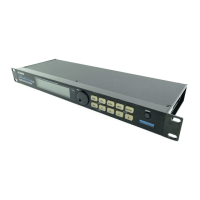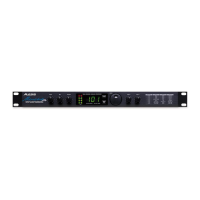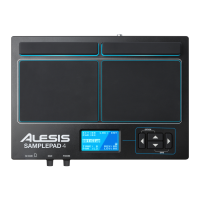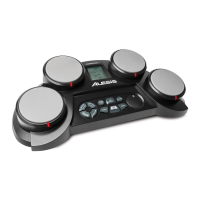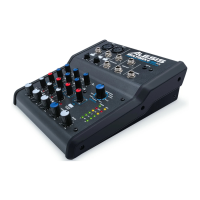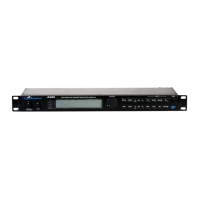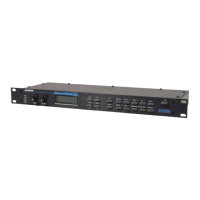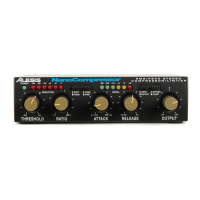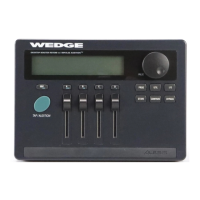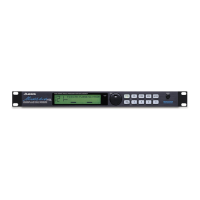What to do if no audio is heard from my Alesis Recording Equipment?
- RRaven StephensJul 30, 2025
If you're not hearing any audio, there are a couple of potential reasons: 1. The Bypass function might be on with Dry Defeat activated. To resolve this, press the [UTIL] button, then press [EDIT] until Page 1 is selected, and then press [D] to turn off Dry Defeat. 2. The Bypass function might be on, and the effect's MIX parameter is set to 0%. In this case, use [EDIT] to locate the effect's MIX parameter and set it to 100%. If you're using more than one effect in the Configuration, adjust the MIX parameter for each effect.
